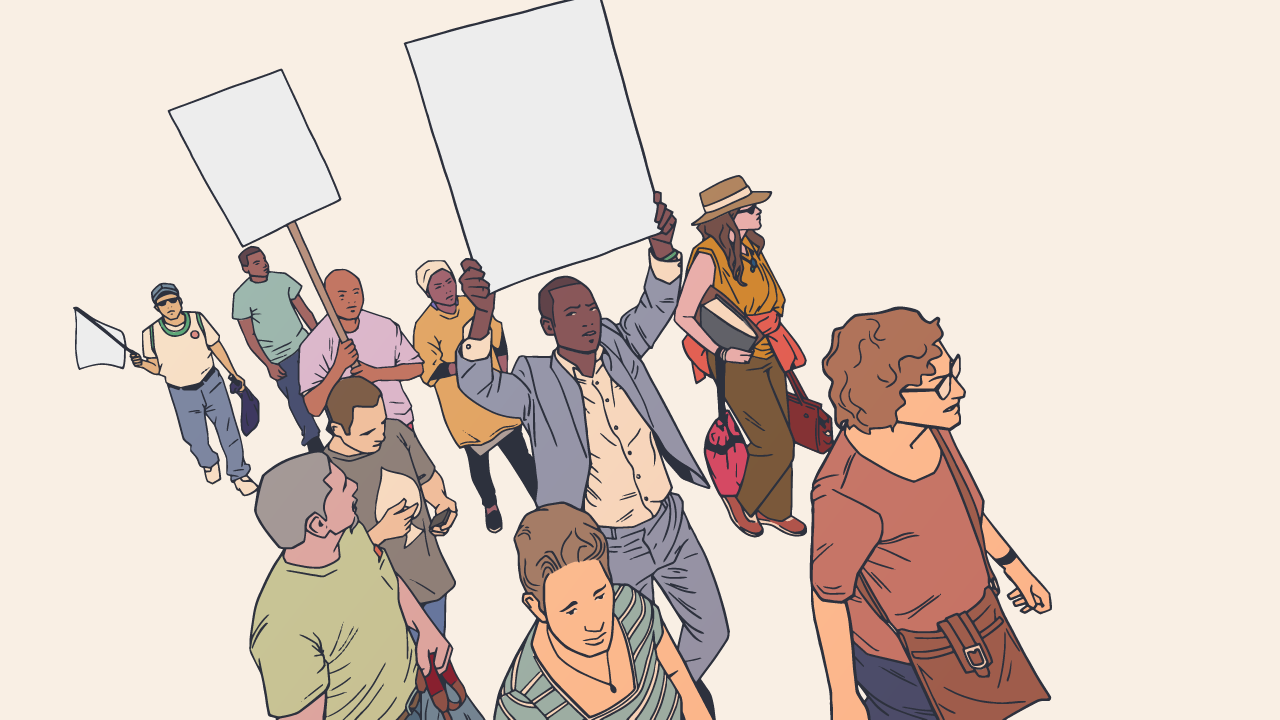
In a recent New York Times article, landscape architect and MacArthur Grant winner Walter Hood described museums as “the new civic spaces, where honest conversations can be had.” While this is certainly not always the case—it feels aspirational to my ear—it is true that our field is poised to reimagine itself in the coming years. If we rise to the opportunities that are presenting themselves in this decade, we may yet become “the new civic spaces,” leaving behind our exclusionary, colonial past. However, this transformation will require intentionality and hard work, and it will necessitate leaving behind things that we may hold dear but no longer serve us or the world.
To help museums sort through this process, last November I convened a panel for the Center for the Future of Museums’ first virtual Future of Museums Summit called “Every Museum a Civic Museum.” (I liked the name so much that I decided to make it the name of my consulting practice.) The group that came together for that session included museum professionals from the Chicago History Museum and the National Museum of American History, as well as the Executive Director of Made By Us and a visitor from outside the museum world, Désirée Jones-Smith, who leads the Who is US? project at the Aspen Institute’s Citizenship and Identity Program.
Our conversation centered on the idea that, along with an interpretive strategy, all museums today should have a civic strategy, and that we need to see ourselves, and get others to see us, as part of a larger network of “democracy workers.” So, what is a democracy worker? And what if your museum doesn’t see itself as in the democracy business?
Why You Need a Civic Strategy
If you don’t think your museum has anything to do with civics, you probably need to expand your definition of the word. Consider, for example, the statement the Educating for American Democracy Community Learning Partners task force, which I co-chair, agreed upon when we took up the question of why museums should consider themselves civic institutions:
“Cultural institutions are civic creations. Their vital responsibility is to serve as trusted repositories, forums, and sources of accurate information and inspiration in civil society. They provide opportunities to understand and debate our civic environment, to observe people engaged in civic activity past and present, and to examine the connections between civic choices and consequences. Done well, this work sparks robust participation in civic life.”
In other words, being a civic institution doesn’t just mean teaching civic knowledge, like the three branches of government and the importance of voting, but also civic skills and civic dispositions or mindsets, to use the language of civic philosopher Danielle Allen. To be civically engaged, people not only need to know the facts of how our democracy works, but also how to participate in it and why they should be inclined to do so.
We can help people find the answers to these questions by leaning into the social relevance of what we do. Whether we are in art museums, science centers, or history museums and sites, we have an obligation to connect the stories we tell and the environments we create with the things people care about today. For better or worse, the world is forcing our hand. Between fears about climate change, bans on “divisive topics,” and concerns about free expression, the work we do is more relevant than ever. Ducking from these connections to civic life, instead of making them explicit, could lead the public to reject us for being disingenuous—especially the politically minded Gen Z, as Caroline Klibanoff of Made By Us noted in our conversation.
How to Find Your Civic Strategy
While every museum should have a civic strategy, no two should have the same one. Each institution should find its own authentic approach to civic engagement, aligned with its broader mission and strategic plan. This civic strategy—employing a broad definition of civics that includes not only civic knowledge but also civic skills, mindsets, and actions—should define what the museum or site will do to connect with issues that its community cares about. The strategy can either build on or develop alongside an interpretive plan, if your museum has one.
Museums might face different constraints in what they can say about social issues, particularly those that are government affiliated. But this does not mean that any of us are incapable of engaging with these issues. We are all political, whether or not we are partisan, and we can all ask big civic questions and weave civic ideas into our interpretation. This might come in the form of developing programs that bridge political differences at a historic site of political violence or exploring the intersection of free speech and artistic license at an art museum. Or, for the site of a former prison, like Eastern State Penitentiary, it might mean giving voice to incarcerated people and creating a program to hire returning citizens.
While I can’t tell you what exactly your strategy should include, I can share a couple models of how a range of institutions have found theirs. For the National Museum of American History (NMAH), for instance, the process began with an audit of its current programs, exhibits, and resources. Where was civics showing up in the work staff were already doing? How might they talk about that work more intentionally and explicitly, and then, how might they build on it? NMAH joined the Educating for American Democracy project very early on, with its Assistant Director for Education and Experience, Carrie Kotcho, serving as one of the task force co-chairs. Kotcho is making use of the tools the task force has created to fuel staff conversations during the development of programs, exhibitions, and Pre-K-12 materials to mark the nation’s 250th anniversary.
The Asian Art Museum in San Francisco includes language in its mission statement that reflects civic mindsets and skills, describing itself as “a dynamic forum for exchanging ideas, inviting collaboration, and fueling imagination to deepen understanding and empathy among people of all backgrounds.” In keeping with this shift, the museum’s Director of Interpretation and Learning became Director of Learning and Civic Engagement in 2023.
The New York Times’s spring museum issue featured a piece on a cohort of university art museums collaborating on democracy exhibitions. Each museum took an approach that suited its particular context, but all of them were eager to draw their college-age audiences into conversations about aspects of democracy and how we live in this world together. “Museums are vital places where that engagement can take place,” University of Michigan Museum of Art Director Christina Olsen said in the article, “And art has the extraordinary ability to explore differences and disagree in ways that are sustainable and civil.”
The Association of Science and Technology Centers (ASTC) is providing support to build the civic capacities of its members and visitors, with full-time staffing making advocacy training possible. ASTC’s Seeding Action Research Director, Rose Hendricks, told me:
“We had been hearing from members that many were engaging in planetary health work, but that a common challenge was that it was difficult to make a shift from straightforward education to supporting action. It was difficult to know what it would look like for museums to encourage or lead action on a complex socio-scientific issue like climate change or pollution. We gathered leaders at a number of science centers and museums in 2022 to really dig into this question, and to explore what we might be able to do as a network to facilitate our members’ action-related work. That, plus extensive consultation with social science literatures that provide insights into the factors that spark sustained, meaningful action, gave rise to the idea behind Seeding Action.”
It is a powerful model, and some in the history field are taking notice as the teaching of “divisive subjects” comes under attack in many states.
A 2018 report commissioned for the English Civic Museums Network suggests that museums are well-positioned to counterbalance our dual crises of loneliness and democracy (former Smithsonian Secretary David Skorton made a similar argument in the same year). The network identified six categories in which museums can support people in overcoming these crises, if we can find our way to defining and doing civic work more intentionally and strategically. Some of these are things we are already doing but could do better. Others will take more time to realize, but with the above examples as inspiration, and supportive networks like the Educating for American Democracy task force, Made By Us, and Seeding Action to sustain us, we have the tools to transform ourselves into engines of civic wellbeing.
According to the English Civic Museums Network, we can transform ourselves if we can be:
- Trusted, able to link the civic with the civil, to strengthen a place-based sense of belonging and a revitalisation of democracy;
- Bridging, supporting the development of networks between communities, specialisms and social classes;
- Participative, encouraging inclusivity, engagement and involvement;
- Innovative, experimental, cross-fertilising creativity across disciplines;
- Development enabling, encouraging economic progress and balanced, respectful, and evidenced research/development/debate; and
- Storytelling, able to turn facts into meaning, the provision of unconditional spaces in which anyone’s story can be told.
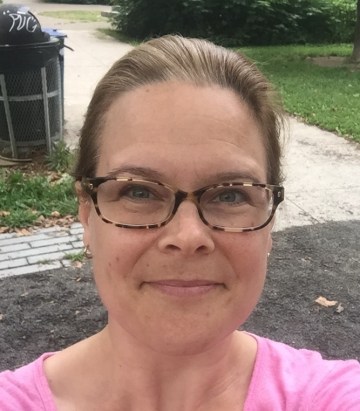
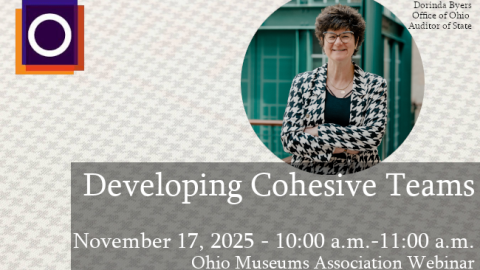
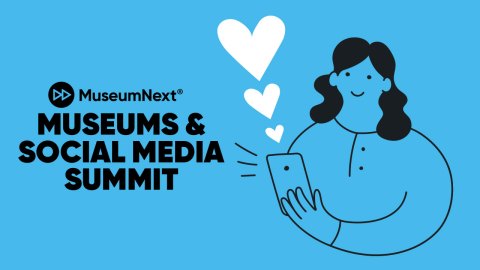

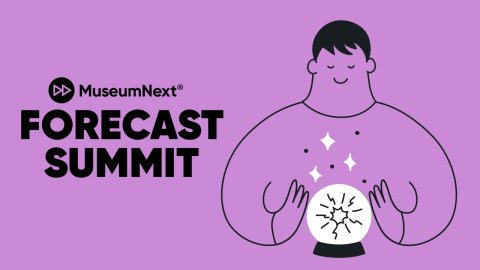


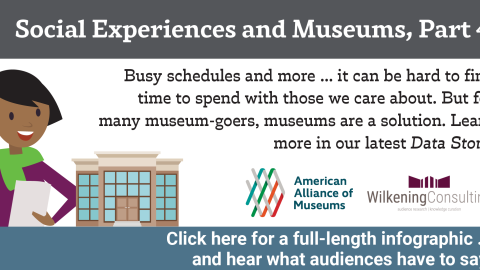
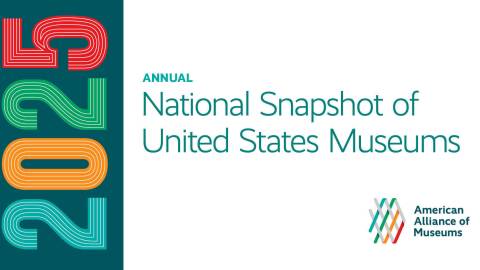
Excellent idea! I worked at a municipal archives for 25 years not knowing the museum around the corner had some of the same records dating back to 1834 upon the City’s incorporation. I wasted countless hours trying to find grant monies to preserve series of records that I thought were primary, intrinsic records. Yes, civic repositories need to collaborate with museums not only to share stories, but preservations aspects too.
Hi, Sarah, a great article and so relevant to our times. As you know the first characteristic on an Empathetic Museum is Civic Vision, an understanding that the museum is embedded in and has a role to play in the civic infrastructure. I think your broadening of this idea and creating appropriate resources is so important in this political climate. Wishing you every success.
Thank you, Gretchen! The Empathetic Museum is a powerful model, and I’m grateful for all you have done to pave the way!
Great to find you Sarah; I would love to talk over these ideas some with you. I can send you my book Reculturing Museum: Embrace conflict, create change
I am a union organizer and member (technician) of a major Chicago cultural institution that is still quite elitist, colonial, and corporate in its outlook and approach towards both staff and patrons. We are simply not interested in engaging with workers or visitors beyond the mechanics of the purely transactional. Honest conversations about democracy? I’m not sure our trustees would embrace that vision.